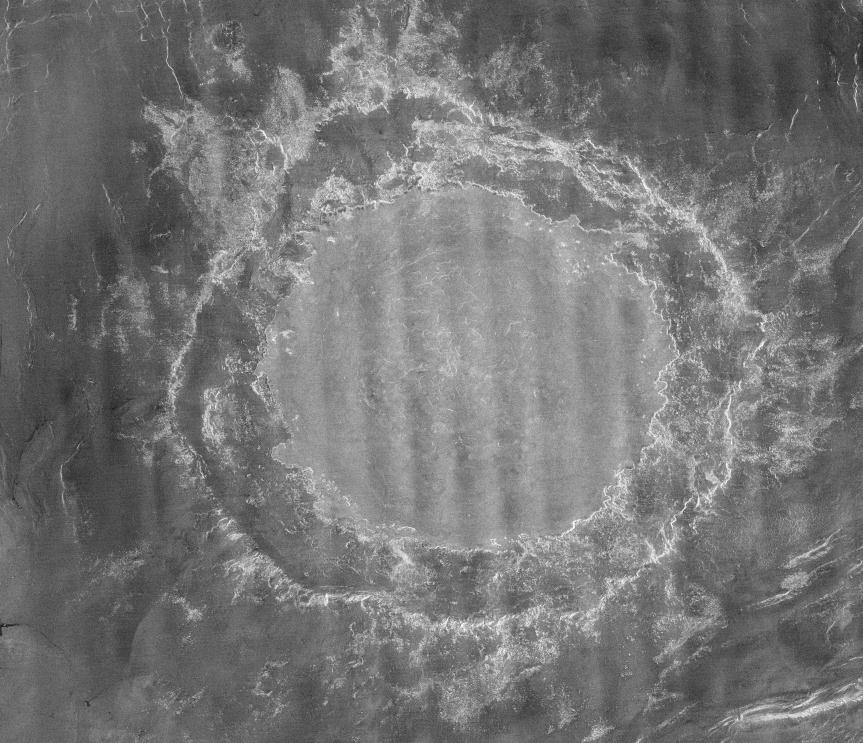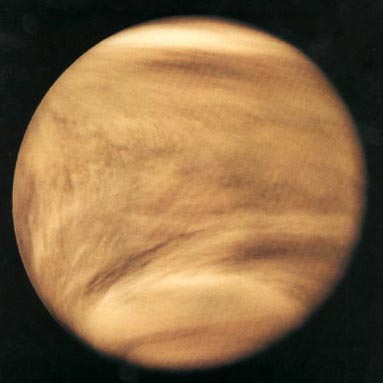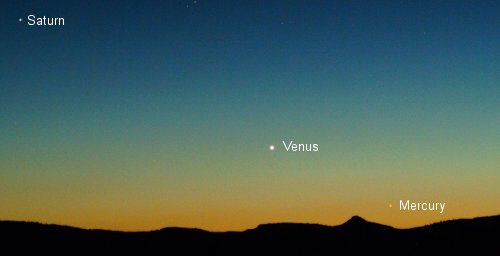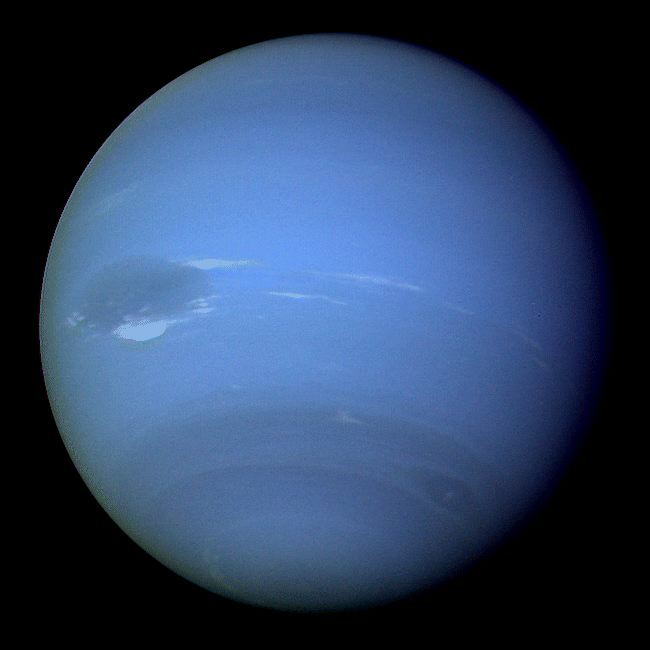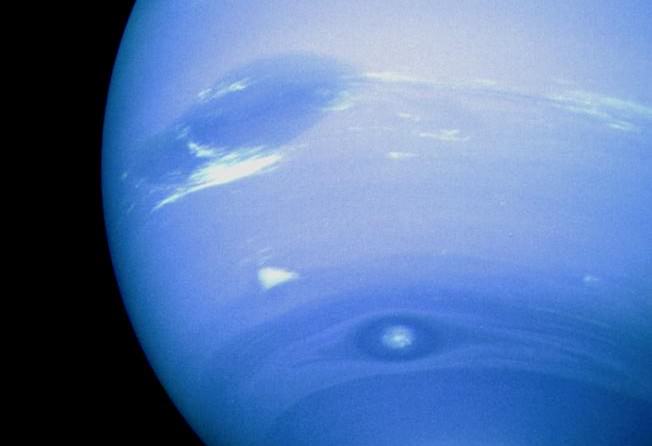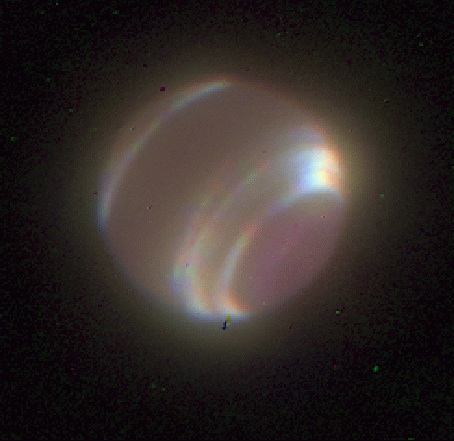[/caption]
Ancient people have known about the planets since we were able to look up. Some stars were brighter than the rest, and seemed to move across the sky from night to night. These moving stars were known as planets, and there were 5: Mercury, Venus, Mars, Jupiter and Saturn. But the movements of the planets were puzzling to ancient astronomers. Some times the planets would slow down, go backwards, and then go forwards again. When a planet goes backwards, it’s called retrograde, and one of the best planets for this is Mercury. Let’s examine Mercury retrograde.
In ancient times, people thought the Earth was the center of the Universe, and all objects in the night sky orbited around us. One complication of this model was the planets which took these very predictable retrograde paths in their orbit. If the planets were orbiting the Earth, why would they go backwards? Why would Mercury go retrograde? They developed elaborate models where the planets followed a spiraling path around the Earth to account for this retrograde motion.
It wasn’t until Nicolaus Copernicus developed his Sun-centered model of the Solar System that the bizarre retrograde motion of Mercury and the rest of the planets finally made sense. The Earth is just another planet, and they’re all orbiting the Sun together. The retrograde motion of Mercury and the other planets is due to our relative positions in orbit.
So let’s understand retrograde motion, and look at what is Mercury retro in particular. The motion of the planets around the Sun follow the right-hand rule. Hold your right hand out, make a fist and stick the thumb up. The direction of the thumb points in the direction of the Sun’s northern pole. The curve of the fingers indicates the direction all the planets orbit around the Sun.
Mercury moves faster than the Earth as it travels around the Sun; however, Mercury has a highly elliptical orbit, so the speed of its orbit changes. When Mercury is furthest from the Sun, it’s at the slowest point in its orbit, and this gives the Earth a chance to “catch up”. Imagine you’re driving next to a car in the freeway which is speeding up and slowing down. It’s still going down the highway at a high speed, but it seems to be going back and forth compared to you. When this happens, astronomers say that Mercury is in retrograde.
Astrologers seem to think that retrograde motion is an unlucky or bad situation because it goes against a planet’s natural movements. Of course, the planet isn’t really changing its motions at all, it’s only our perspective of the planet that’s changing. Furthermore, at any one time, 40% of the outer planets are in retrograde motion anyway. Something’s almost always in retrograde.
Is Mercury in retrograde right now? It depends on the date. Check the list of dates below to check.
So when is Mercury going to be in retrograde? Here are some Mercury retrograde dates for the next few years.
Mercury Retrograde 2009
- January 11-31
- May 6-20
- September 6-29
- December 26-January 15, 2010
Mercury Retrograde 2010
- April 17-May 11
- August 20 – September 12
- December 10-December 29
Mercury Retrograde 2011
- March 30-April 23
- August 2 – August 26
- November 23 – December 13
Mercury Retrograde 2012
- March 11-April 4
- July 14 – August 7
- November 6 – November 26
Here’s a link to the 2009 mercury retrograde dates.
If you’d like more information on Mercury, check out NASA’s Solar System Exploration Guide, and here’s a link to NASA’s MESSENGER Misson Page.
We have also recorded a whole episode of Astronomy Cast that’s just about planet Mercury. Listen to it here, Episode 49: Mercury.
Mercurio retrógrada
References:
NASA: Planetary Motion
NASA Astronomy Picture of the Day
NASA: Mercury

